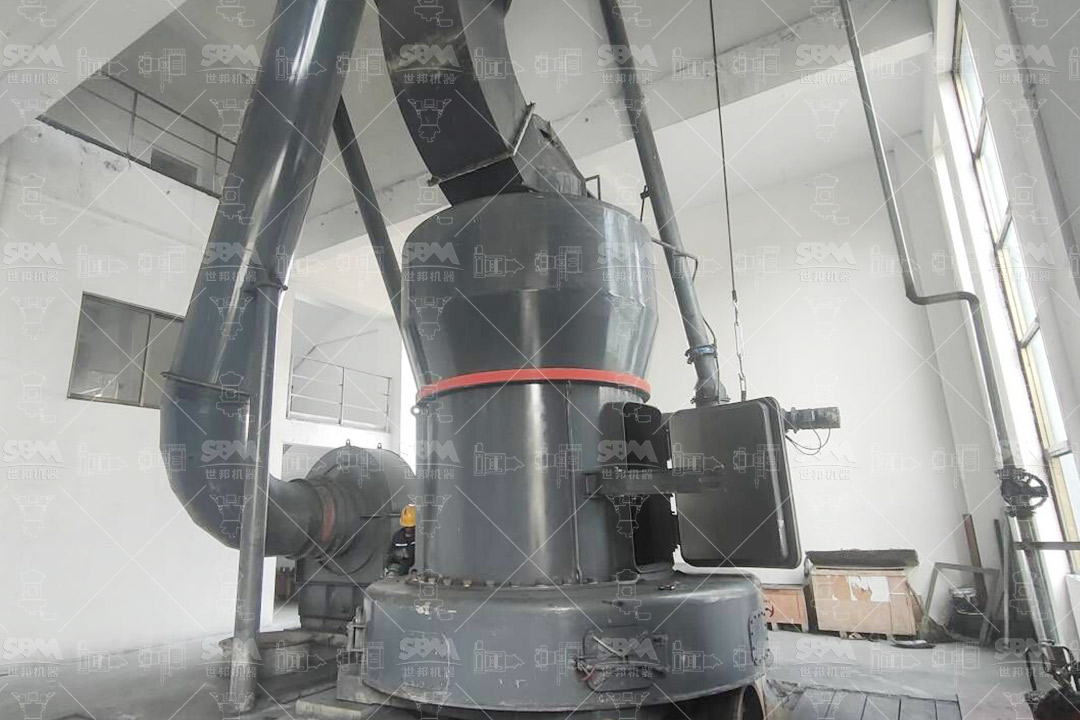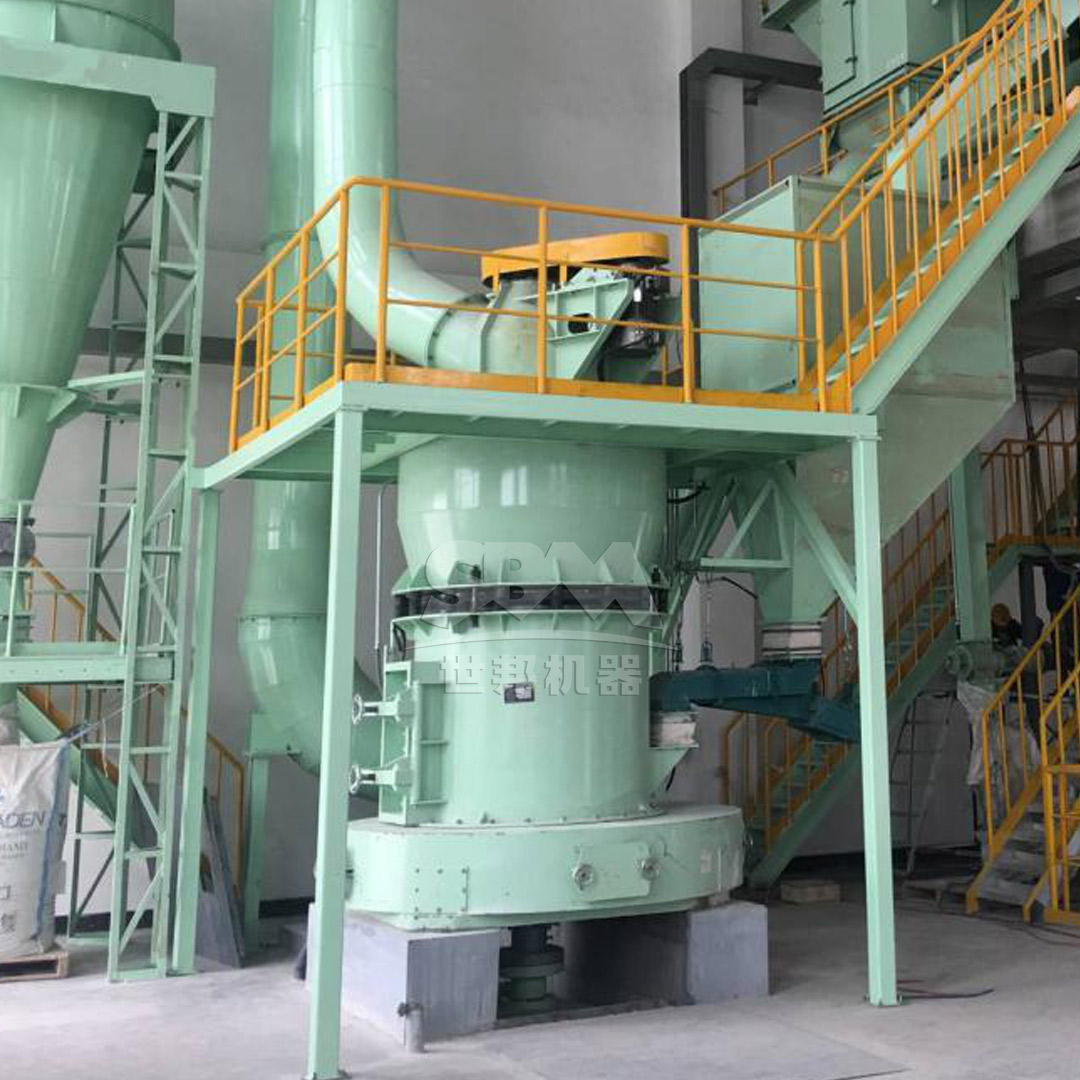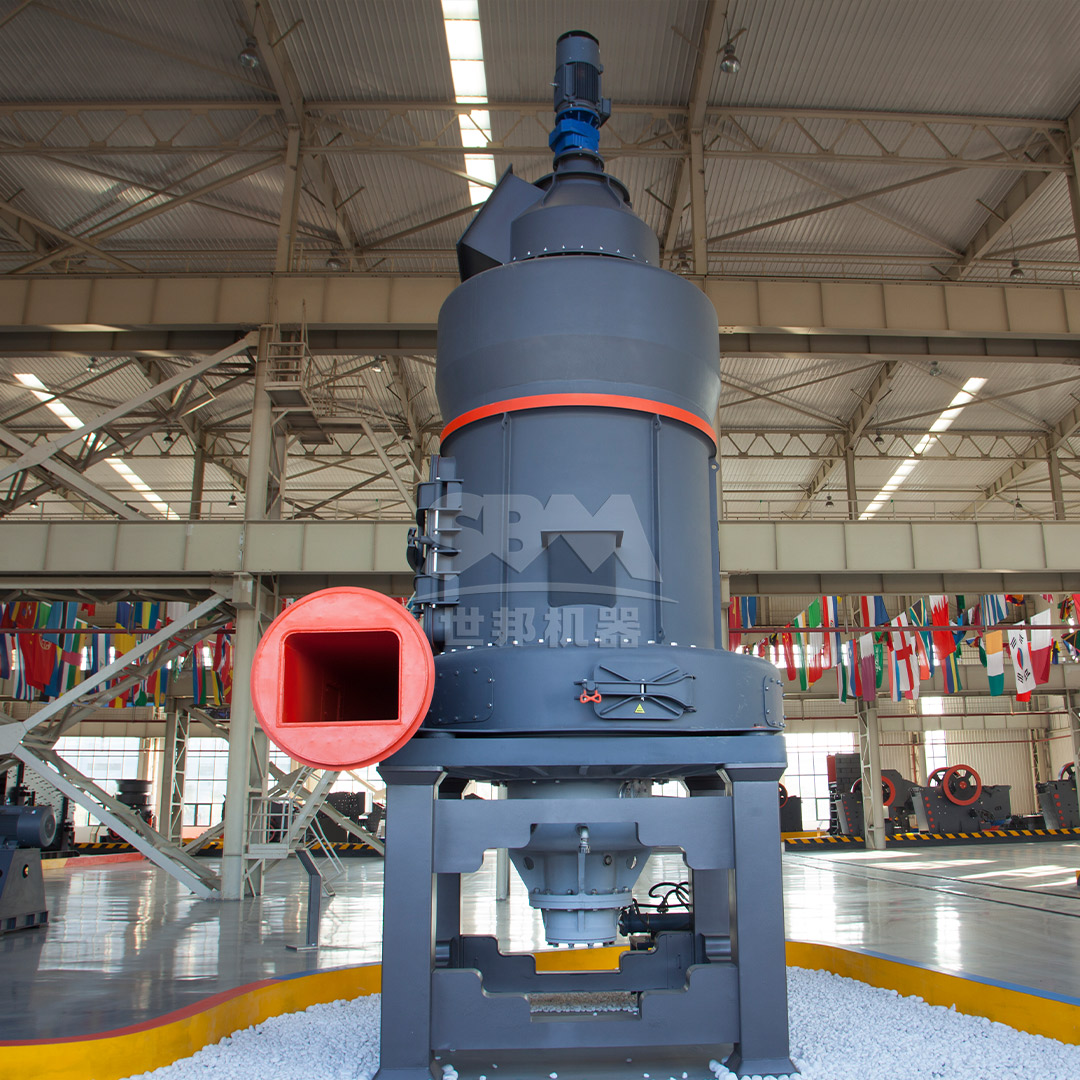Graphite, with its unique combination of properties including high thermal conductivity, electrical conductivity, and lubricity, has become an indispensable material in advanced applications ranging from lithium-ion batteries to aerospace components. The performance of graphite in these applications is critically dependent on particle size distribution and purity, making the grinding process a crucial step in graphite processing. This article explores the technological advancements in graphite powder grinding mills, with particular emphasis on energy-efficient solutions that meet the demanding requirements of modern industrial applications.

Particle size distribution significantly impacts the performance characteristics of graphite powders. In battery applications, for instance, the specific surface area and particle morphology directly influence electrochemical performance, cycle life, and rate capability. Similarly, in conductive composites, the particle size affects percolation threshold and conductivity. Traditional grinding methods often struggle to achieve the narrow particle size distributions required for these advanced applications while maintaining energy efficiency.
Graphite presents unique challenges in grinding operations due to its layered crystal structure and natural lubricity. The material tends to slide rather than fracture under conventional grinding forces, leading to inefficient energy utilization and inconsistent particle size distributions. Additionally, graphite’s electrical conductivity requires specialized safety considerations, while its tendency to generate dust necessitates advanced containment and collection systems.
Modern grinding systems have evolved to address the specific challenges posed by graphite materials. The most effective solutions combine precision mechanical action with advanced classification systems to achieve target particle sizes while optimizing energy consumption.

For applications requiring ultra-fine graphite powders, specialized milling systems have been developed that can achieve particle sizes down to 5μm (D97) while maintaining tight size distributions. Our SCM Ultrafine Mill represents a significant advancement in this category, offering output fineness ranging from 325 to 2500 mesh (D97 ≤5μm) with remarkable energy efficiency. The system’s vertical turbine classifier enables precise size cuts, eliminating coarse particle contamination while reducing energy consumption by 30% compared to conventional jet mills.
The SCM series incorporates several innovative features specifically beneficial for graphite processing. The intelligent control system automatically monitors and adjusts for optimal particle size distribution, while the special material composition of grinding rollers and rings extends service life significantly. With capacities ranging from 0.5 to 25 tons per hour across different models, the SCM series provides scalable solutions for various production requirements.
| Model | Processing Capacity (ton/h) | Main Motor Power (kW) | Feed Size (mm) | Output Fineness (mesh) |
|---|---|---|---|---|
| SCM800 | 0.5-4.5 | 75 | 0-20 | 325-2500 |
| SCM900 | 0.8-6.5 | 90 | 0-20 | 325-2500 |
| SCM1000 | 1.0-8.5 | 132 | 0-20 | 325-2500 |
| SCM1250 | 2.5-14 | 185 | 0-20 | 325-2500 |
| SCM1680 | 5.0-25 | 315 | 0-20 | 325-2500 |
For applications requiring graphite powders in the medium-fine range (30-325 mesh), the MTW Series Trapezium Mill offers an optimal balance of production capacity and energy efficiency. With processing capacities from 3 to 45 tons per hour, this system incorporates several patented technologies that make it particularly suitable for graphite processing. The curved air channel design minimizes energy loss during material transport, while the integrated bevel gear transmission achieves 98% transmission efficiency.
The MTW series features an innovative wear-resistant shovel design that significantly reduces maintenance costs – a critical consideration in graphite processing where abrasive wear can be substantial. The system’s modular design allows for quick replacement of wearing parts, minimizing downtime. For larger-scale graphite processing operations, the MTW215G model offers processing capacity up to 45 tons per hour with a main motor power of 280kW.
Energy consumption represents a significant portion of the operating costs in graphite powder production. Advanced grinding systems address this challenge through multiple technological innovations that optimize energy utilization throughout the grinding process.
Modern grinding mills incorporate sophisticated control systems that continuously monitor and adjust operating parameters to maintain optimal efficiency. These systems automatically compensate for wear in grinding components, ensuring consistent performance without manual intervention. The integration of expert control systems with remote monitoring capabilities further enhances operational efficiency by enabling predictive maintenance and optimized production scheduling.
Efficient classification is crucial for energy optimization in graphite grinding. Traditional systems often require multiple grinding passes to achieve target fineness, resulting in excessive energy consumption. Advanced classification systems, such as the vertical turbine classifiers used in our SCM Ultrafine Mill, achieve precise size cuts in a single pass, significantly reducing recirculation loads and associated energy requirements.

Graphite processing presents specific environmental and safety challenges that must be addressed through appropriate engineering controls. The combustible nature of fine graphite powders requires comprehensive dust explosion protection measures, while the potential for dust emissions necessitates advanced collection systems.
Modern graphite grinding systems incorporate pulse-jet dust collectors that achieve collection efficiencies exceeding international standards. These systems maintain negative pressure within the grinding chamber, preventing dust escape and ensuring a clean working environment. The SCM Ultrafine Mill, for instance, features a pulse dust collection system with efficiency exceeding 99.9%, effectively addressing the challenges posed by graphite’s fine particle size and tendency to generate dust.
Grinding operations can generate significant noise, potentially exceeding occupational exposure limits. Advanced grinding systems address this through integrated noise control measures, including acoustic enclosures and vibration damping systems. Our grinding systems are designed to operate at noise levels below 75dB, ensuring compliance with workplace health and safety regulations.
The growing demand for lithium-ion batteries has created stringent requirements for graphite anode materials, particularly regarding particle size distribution, morphology, and purity. A recent implementation of our SCM Ultrafine Mill in a battery materials production facility demonstrated significant improvements in both product quality and operational efficiency.
The system achieved a consistent product fineness of D97 ≤ 8μm with a narrow size distribution ideal for anode applications. Energy consumption was reduced by 35% compared to the previously used jet milling system, while production capacity increased by 40%. The integrated intelligent control system maintained consistent product quality despite variations in feed material characteristics, demonstrating the robustness of the solution for demanding battery material applications.
The evolution of graphite grinding technology continues to address the emerging requirements of advanced applications. Several key trends are shaping the development of next-generation grinding systems.
The integration of grinding systems with digital platforms enables real-time performance monitoring, predictive maintenance, and optimized production scheduling. Advanced sensors and data analytics provide insights into equipment health and process efficiency, enabling proactive maintenance and minimizing unplanned downtime.
Increasing emphasis on sustainability is driving the development of grinding systems with reduced environmental impact. This includes not only energy efficiency improvements but also reduced water consumption, minimized waste generation, and extended component life through advanced materials and designs.
The production of high-quality graphite powders for advanced applications requires grinding systems that combine precision particle size control with energy efficiency and operational reliability. Modern grinding technologies, such as our SCM Ultrafine Mill and MTW Series Trapezium Mill, address these requirements through innovative designs that optimize the entire grinding process. As the demand for advanced graphite materials continues to grow across multiple industries, the evolution of grinding technology will play a crucial role in enabling the production of high-performance materials while minimizing environmental impact and operating costs.
For operations requiring ultra-fine graphite powders with tight size distributions, the SCM Ultrafine Mill offers unparalleled performance with output fineness down to 5μm and energy savings of 30% compared to conventional systems. For medium-fine applications with higher capacity requirements, the MTW Series Trapezium Mill provides robust performance with processing capacities up to 45 tons per hour. Both systems incorporate the latest advancements in grinding technology, ensuring optimal performance for the most demanding graphite processing applications.